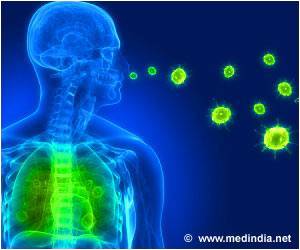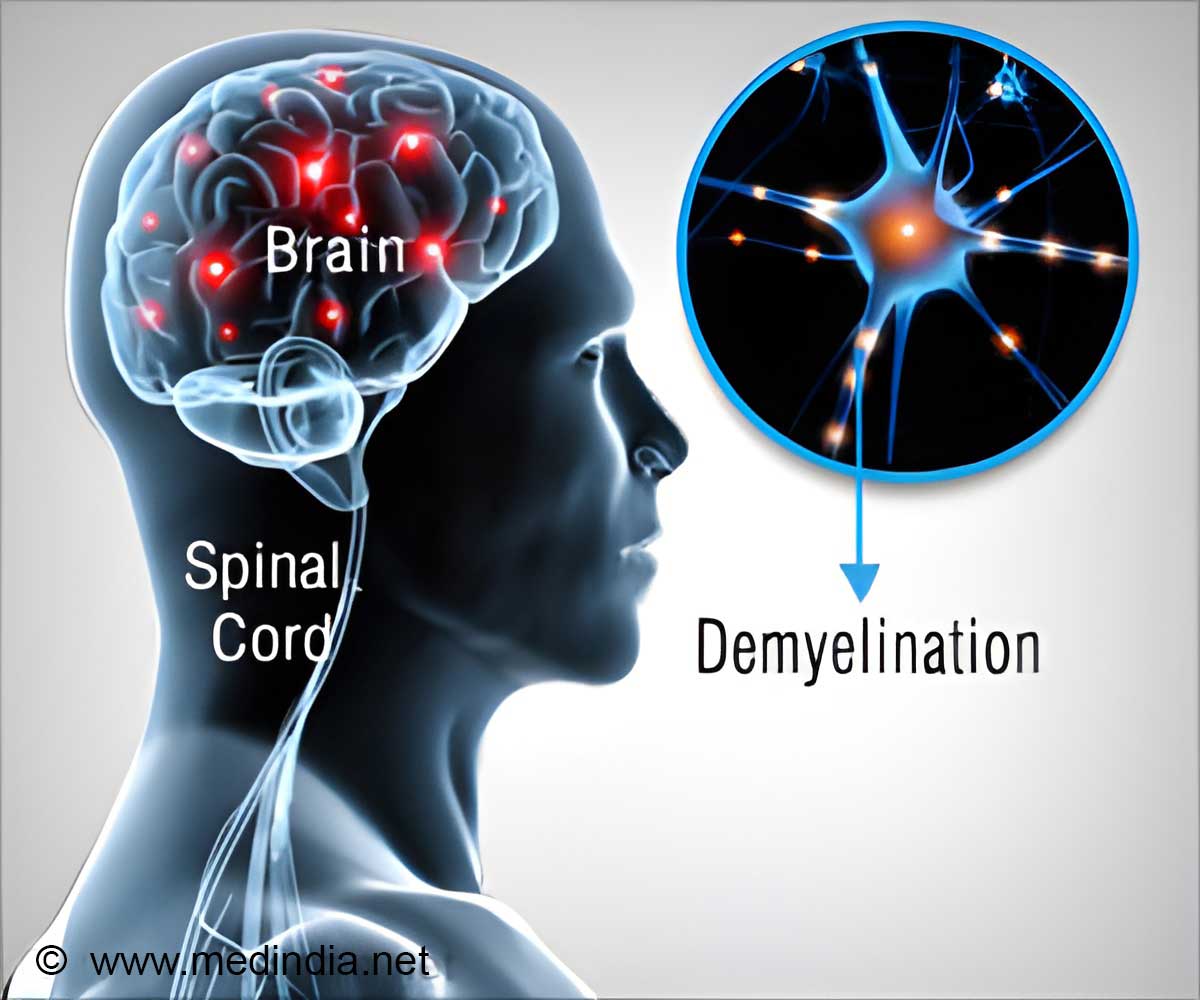In order to identify therapeutic targets, researchers need to gain a detailed understanding of the underlying mechanisms, both in terms of how they work and where in the body they occur.
‘The COVID-19 induced lung damage is not a direct result of viral propagation inside cells, but of the strong inflammatory response.’
As patient-centered approaches are limited in their scope, biomaterials are needed for this type of research, which can be harvested only after a patient has been admitted to hospital.
Furthermore, it is virtually impossible to obtain lung tissue samples from patients with mild or moderate disease and pneumonia, as the harvesting procedure would place these patients at too great a risk. The analysis of tissues harvested from COVID-19 patients is possible even after their death.
Under the leadership of Prof. Dr. Martin Witzenrath, Deputy Head of Charit’s Department of Infectious Diseases and Respiratory Medicine, the researchers used available patient samples to obtain valuable information on both disease mechanisms and disease progression.
The researchers searched for a suitable model which might enable them to study compartments of the lungs not easily accessible in patients but necessary to study the early phase of the disease.
Hamster models have proven extremely useful, both as part of international research efforts into COVID-19 and research pertaining to SARS-CoV-1.This research is published in the journal Nature Communications.
“We wanted to know whether we could use these models to develop new treatment options and tried to replicate findings from patient samples. We were remarkably successful in this regard,” says Prof. Witzenrath, the study’s co-last author.
Researchers were primarily interested in the lung’s endothelial cells, which line the pulmonary blood vessels and form a barrier there. In severe COVID-19 cases, this barrier becomes dysfunctional, a development which eventually results in lung failure.
Using hamster models, they were able to observe how certain cells involved in lung immunity, namely monocytes and monocyte-derived macrophages ingest the virus, and subsequently show a very pronounced response.
If their model is validated, the researchers hope to use it to help develop safe and effective treatments for patients with COVID-19.
Source: Medindia



